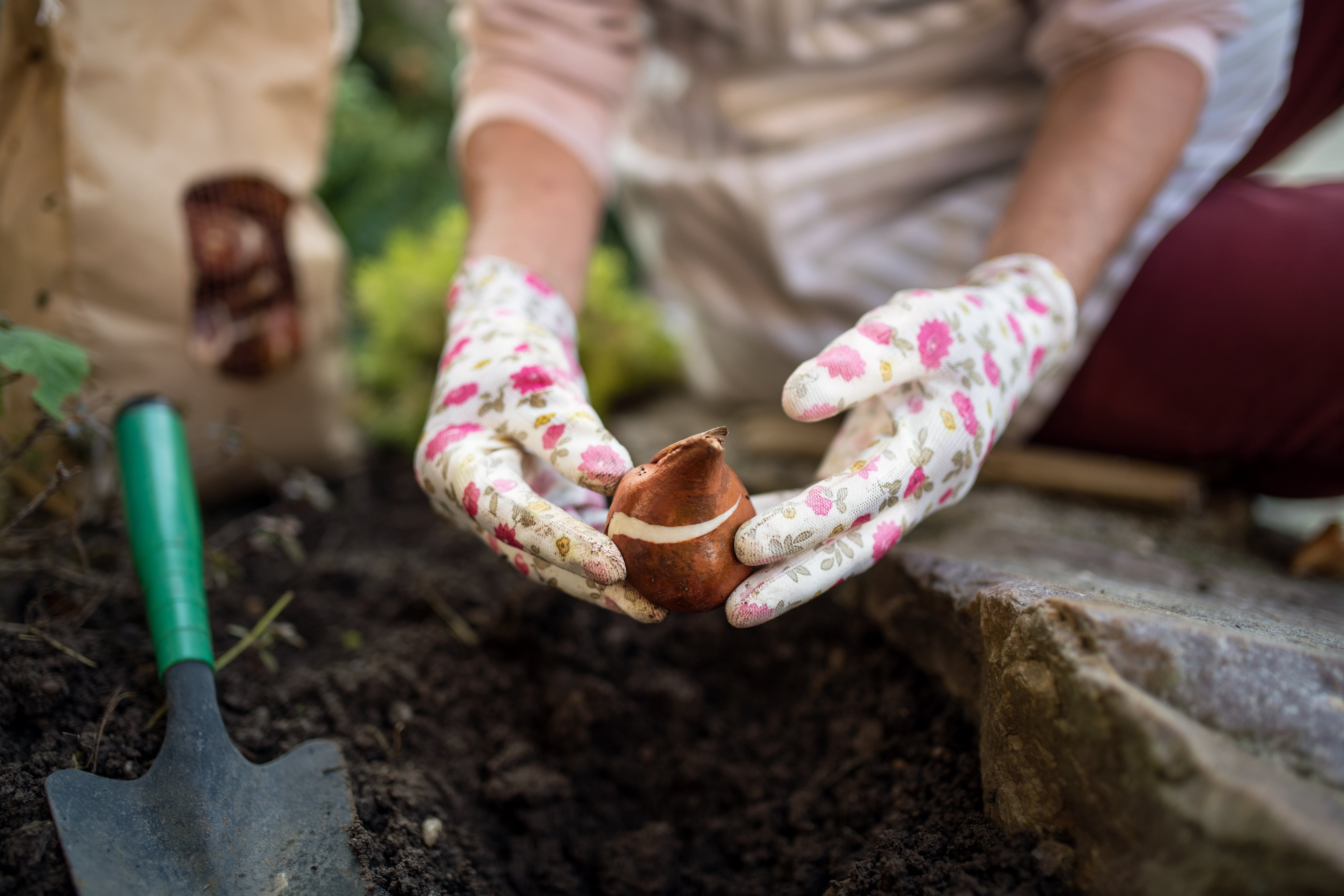Could you please recommend some climbing plants for a shady, east-facing house wall? I love the idea of using clematis and roses together but it sounds like these would both need a lot of sun. Maura K, Ballsbridge, Dublin
Although it’s commonly believed that all varieties of clematis and climbing roses need a sunny spot to flourish, it’s not completely true. Many of the daintier-flowered species of clematis such as the spring-flowering Clematis alpina and Clematis macropetala and the late-summer flowering Clematis viticella enjoy shadier conditions. Outstanding varieties include Clematis alpina ‘Frances Rivis’ (lavender-blue); Clematis viticella ‘Polish Spirit’(dark purple); Clematis macropetala ‘Jan Lindmark’ (lavender blue); Clematis viticella ‘Purpurea Plena Elegans’ (plum); Clematis viticella ‘Madame Julia Correvon’ (red-wine).
Some of the larger-flowered hybrids are also happy in shade such as the eternally popular Clematis ‘Nelly Moser’ with its natty pink-and-white striped flowers (late spring), the purple-blue Clematis ‘The President’ (purple-blue, early summer); and the lavender-blue Clematis ‘Perle d’Azur’ (late summer). Examples of climbing roses that will happily tolerate some shade include R ‘Madame Grégoire Staechelin’ (pale pink); R ‘Zephirine Droiuhin’ (pink); R Claire Austin’ (blush-cream); R ‘Constance Spry’ (pink) and R ‘Peach Melba’ (peachy-coral). Other ornamental evergreen climbers suitable for a shady east-wall in a mild city garden such as yours include Hydrangea seemannii and Itea ilicifolia.
[ Will my lost hellebores reappear in my spring garden?Opens in new window ]
Their suitability for a shady, east-facing wall aside, it’s crucial that you prepare the ground properly before planting by removing any large stones and then integrating generous quantities of some very well-rotted manure and/or home-made compost into the planting hole along with some slow-release organic pelleted fertiliser. It’s also useful to pre-soak the plants’ rootballs in a diluted solution of liquid seaweed, which will help them to establish quickly.
READ MORE
Keep a careful eye on young plants in their first growing season to make sure that they don’t struggle during any dry spells, watering them as required. Most species of clematis and all climbing roses also need an annual pruning (see rhs.org.uk for specific details). If planted in the coming weeks, by next year these long-lived species should be well-established and will start providing you with a colourful display over many months.















